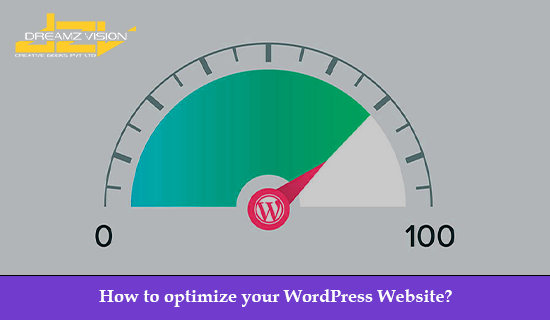Optimizing your WordPress website can help improve its performance, speed, and user experience. Here are some tips on how to do it:
- Use a lightweight and fast theme. A heavy and slow-loading theme can drag down the performance of your website. Choose a theme that is optimized for speed and has good reviews from users.
- Use caching plugins. Caching plugins create a static version of your website and serve it to visitors, reducing the load on your server and improving the loading speed of your website. Some popular caching plugins for WordPress include W3 Total Cache and WP Super Cache.
- Optimize your images. Large and uncompressed images can slow down your website, so it’s important to optimize them for the web. Use tools like TinyPNG or Compressor.io to compress your images and save them in appropriate file formats (e.g., JPEG for photographs, PNG for graphics with transparent backgrounds).
- Minimize the use of plugins. While plugins can add useful functionality to your website, they can also slow it down. Only use necessary plugins, and consider using alternative solutions when possible. Deactivate and delete any unnecessary or unused plugins.
- Enable Gzip compression. Gzip compression reduces the size of your website’s files, which can improve its loading speed. Many caching plugins have this feature built-in, or you can use a plugin like Gzip Compression to enable it.
- Use a CDN. A CDN (Content Delivery Network) is a network of servers that delivers static files, such as images and JavaScript, from a location closer to your visitors. This can improve the loading speed of your website for users who are located farther away from your server.
- Enable lazy loading for images. Lazy loading delays the loading of images until they are needed, improving the initial loading speed of your website. There are several lazy loading plugins available for WordPress, such as Lazy Load by WP Rocket.
- Minify your files. Minification reduces the size of your website’s HTML, CSS, and JavaScript files by removing unnecessary characters and whitespace. This can improve the loading speed of your website. Many caching plugins have a minification feature, or you can use a plugin like Autoptimize to minify your files.
- Perform regular maintenance. Keeping your website up to date and running smoothly can help improve its performance. Regularly update WordPress and your plugins, and delete any unused media or post revisions to keep your database clean and optimized.
- Use Google’s PageSpeed Insights tool. This free tool analyzes your website’s performance and provides recommendations for improvement. It’s a helpful resource for identifying any issues and finding ways to optimize your website.
By following these tips, you can improve the performance and speed of your WordPress website and provide a better experience for your visitors.

